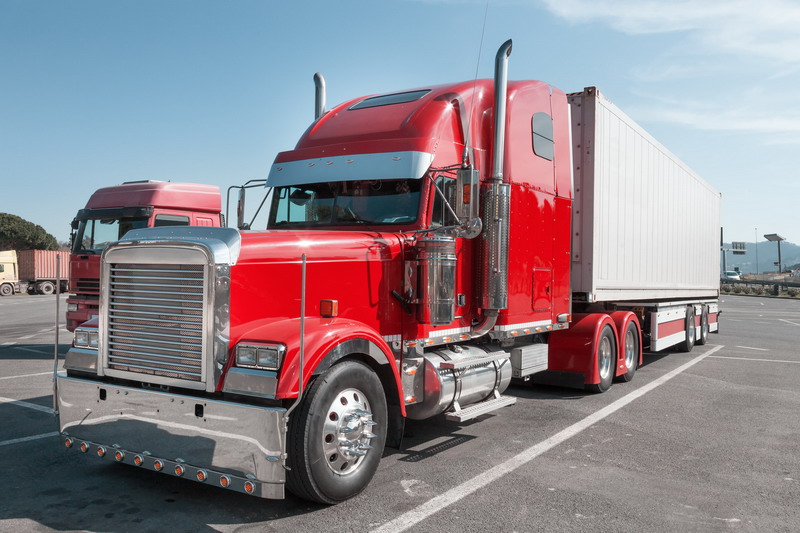Flatbed truckers are accustomed to carrying things like lumber and building products. They are familiar with heavy construction equipment, industrial machines, and even manufactured homes. But a prefab Starbucks location? That’s an entirely different animal altogether. But thanks to an imaginative new focus on creating a more sustainable industry, Starbucks is utilizing the services of the trucking industry to increase its national footprint.
Starbucks has adopted the tiny house philosophy for creating new coffee shops in locations not suitable for traditional stores. These new coffee shops are being manufactured in a factory setting, using things like recycled shipping containers, then carried to their new sites via flatbed truck. The various components are then assembled on site before the new coffee shop opens.
If you are driving down the road and you see a flatbed hauling what appears to be a shipping container with the Starbucks logo plastered on the side, don’t assume that the container is filled with coffee. It may be a fully-equipped coffee shop with counter space, seating, and everything else necessary to keep coffee lovers happy.
Easy to Manufacture and Transport
So why has Starbucks embraced shipping containers and other sustainable products? Because using them to manufacture a new coffee shop is relatively easy. Shipping is easy as well. It all boils down to how shipping containers are manufactured.
A shipping container is a steel container manufactured to precise length, width, and height requirements. When it comes off a ship, it is secured to a trailer that is essentially a steel frame and wheels. The container is then secured to the frame prior to transport. The precision and standardization to which shipping containers are made makes for fast and easy transport to and from shipping yards.
The most attractive thing to Starbucks is that steel shipping containers can easily be modified to accept everything they need to create a coffee shop. And because containers are made to a standard size, designers can utilize as many containers as they need to create the desired shape. Once containers arrive at the site of the new coffee shop, they are deployed in whatever configuration the design calls for. It is fast, easy, and very cost-effective.
Transporting a Coffee Shop
Transporting one of Starbucks’ modular units is fairly straightforward for the flatbed truck driver. As explained by Ohio-based Mytee Products, securing a shipping container to a flatbed trailer is routine. The driver uses a series of blocks, chains, and straps to tie everything down nice and tight.
As for the contents of the shipping container, they would be the responsibility of the company that handles interior work for Starbucks. They would secure counter tops and shelves, cupboards, equipment, etc. Tables and chairs would likely be shipped in after the containers reach their final destinations.
The shipping containers are already waterproof, so they do not need to be covered by tarps during transport. The truck driver can deploy the right number of straps or chains, make the required pre-trip inspection, and be on his/her way without a lot of fuss. Everyone’s happy – truck driver, shipper, and Starbucks.
Thanks to a combination of the tiny house concept and a trucking industry moving shipping containers from one location to the next, Starbucks has found a new and inexpensive way to open locations in unusual places. So next time you see what appears to be a Starbucks trailer being pulled down the road by a trucker, consider that it might not be a shipment of coffee. It might be the next Starbucks coffee shop to join the chain.

